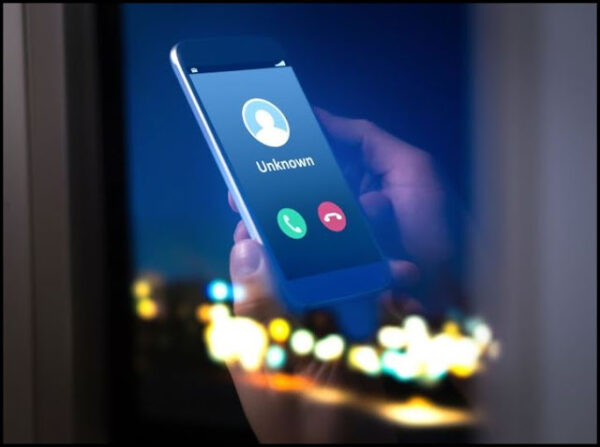
Introduction
In this digital age, phone calls play a significant role in our daily lives. However, the increased reliance on technology has also led to an upsurge in fraudulent activities, including caller ID spoofing. This article delves into the investigation of two suspicious phone numbers, 911196954 and 607123000, seeking to uncover their true identities and shed light on the practice of spoofing.
Understanding Caller ID Spoofing
Caller ID spoofing is a deceptive technique used by malicious actors to alter the information displayed on the recipient’s caller ID display. This manipulation allows scammers to impersonate legitimate entities, such as government agencies or trusted organizations, to deceive the call recipient.
The Case of 911196954
-
Background Information
The number 911196954 came under suspicion due to numerous reports of strange and misleading calls. Callers claimed to represent emergency services, creating panic and confusion among recipients. However, further examination revealed that the calls were, in fact, scams aimed at extracting personal information.
-
anomalous Activities
During the initial investigation, authorities noticed a pattern of bursty calls. The number would be dormant for days, only to make a flurry of calls in a short period. This perplexing behavior raised concerns about the identity of the caller and their intentions.
-
Initial Investigation
Law enforcement agencies took the matter seriously, launching an extensive inquiry into the origin of the calls. However, traditional methods of tracing the number yielded limited results due to the sophisticated techniques employed by the spoofers.
-
Tracing the Number
In response to the burstiness of the calls, investigators adopted advanced technology to trace the caller’s location. By triangulating the signal and analyzing network data, they were able to narrow down the possible geographic area of the culprit.
The Case of 607123000
-
4.1 Mysterious Calls
Similar to the previous case, the number 607123000 was associated with mysterious calls that left recipients puzzled. The callers seemed to have information about the recipients, leading them to believe that the calls were genuine.
-
4.2 Gathering Clues
To uncover the identity behind 607123000, investigators collected clues from call recipients and collaborated with telecommunication companies to access call records. These records played a crucial role in piecing together the puzzle.
-
4.3 Advanced Techniques
Recognizing the burstiness of calls, investigators used complex algorithms to analyze the data and identify potential patterns. This approach helped them make progress in determining the true identity of the caller.
Conclusion
Caller ID spoofing remains a persistent challenge in today’s digital world. The cases of 911196954 and 607123000 illustrate the complexities involved in unveiling the true identity of callers engaged in deceptive activities. Through advanced investigation techniques and collaborative efforts between authorities and telecommunication companies, progress can be made in curbing such fraudulent practices.
FAQs
- Q: Can I completely prevent caller ID spoofing?
A: While it’s challenging to prevent all instances of spoofing, being cautious with unknown callers and avoiding sharing personal information can reduce your risk.
- Q: Are all bursty calls suspicious?
A: Not necessarily. Some legitimate situations, such as emergency notifications, may lead to a cluster of calls within a short time.
- Q: Can I report suspicious calls to authorities?
A: Yes, if you receive suspicious calls or fall victim to a scam, report it to your local law enforcement agency or the Federal Trade Commission (FTC).
- Q: How can I verify the identity of a caller?
A: If you’re uncertain about a caller’s identity, hang up and call back using a known, official number of the organization they claim to represent.
- Q: Can sophisticated spoofing techniques be stopped completely?
A: Achieving complete eradication of spoofing is challenging, but continuous advancements in technology and vigilant efforts can help minimize its prevalence.
